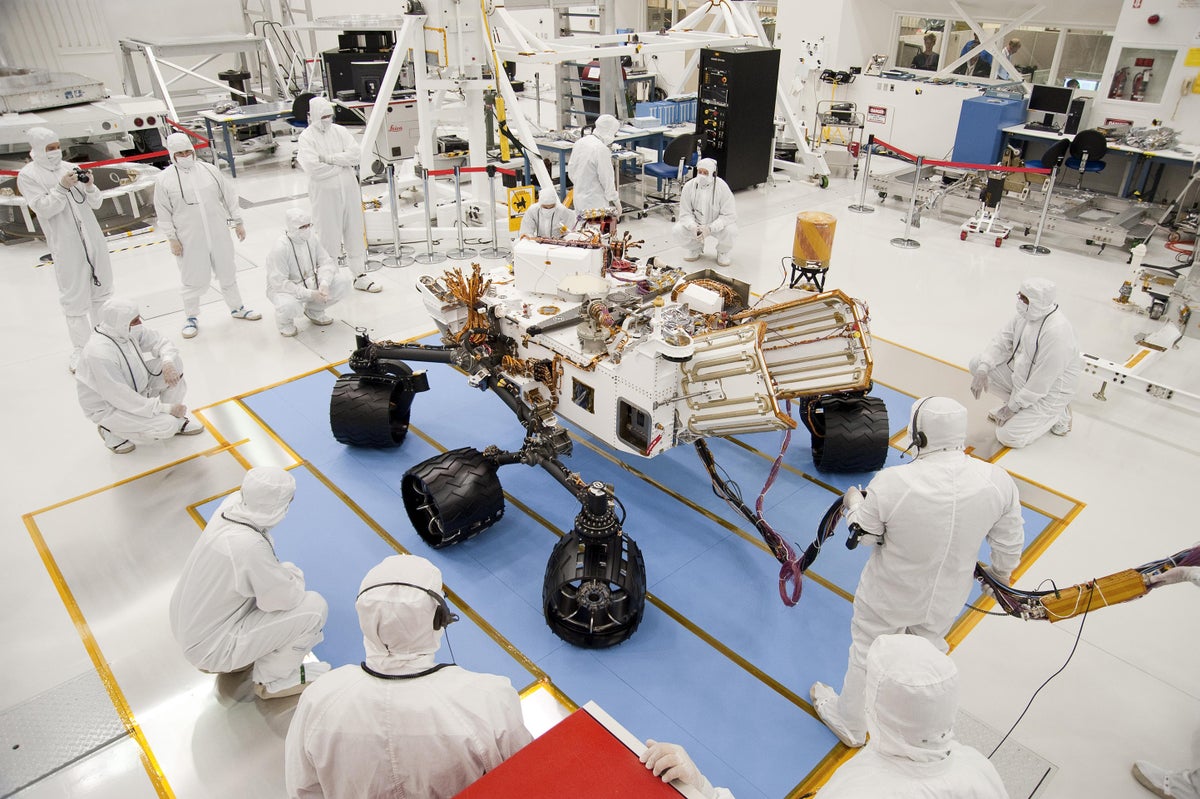Now Reading: Spacecraft Clean Rooms Harbor Dormant, Resilient Bacteria
1
-
01
Spacecraft Clean Rooms Harbor Dormant, Resilient Bacteria
Spacecraft Clean Rooms Harbor Dormant, Resilient Bacteria

Quick Summary
- Discovery: The bacteria Tersicoccus phoenicis, found in NASA spacecraft clean rooms, can survive intense cleaning by entering dormancy rather than forming spores.
- Dormancy: In this state, the bacteria halt growth and metabolism but can “wake up” when conditions improve.
- Detection Difficulty: Dormant T. phoenicis eludes standard swabbing methods used to check for microbial contamination in clean rooms.
- Planetary Concern: If dormant microbes stow away on spacecraft and become active on other planets like Mars, they coudl disrupt potential extraterrestrial ecosystems or human environments during exploratory missions.
- Resistance Limits: Experts believe Martian surface conditions are too unfriendly for these microbes to thrive unless shielded inside human settlements or nutrient-rich areas.
- Research Insights: Scientists revived dormant cells using a protein called resuscitation-promoting factor (Rpf),indicating that these microbes remain alive in dormancy.
- Implications for Cleaning Protocols: Current sterilization practices may need revision to address non-spore-forming but dormant bacteria like Tersicoccus phoenicis.
Stay Informed With the Latest & Most Important News
Previous Post
Next Post
Loading Next Post...






















